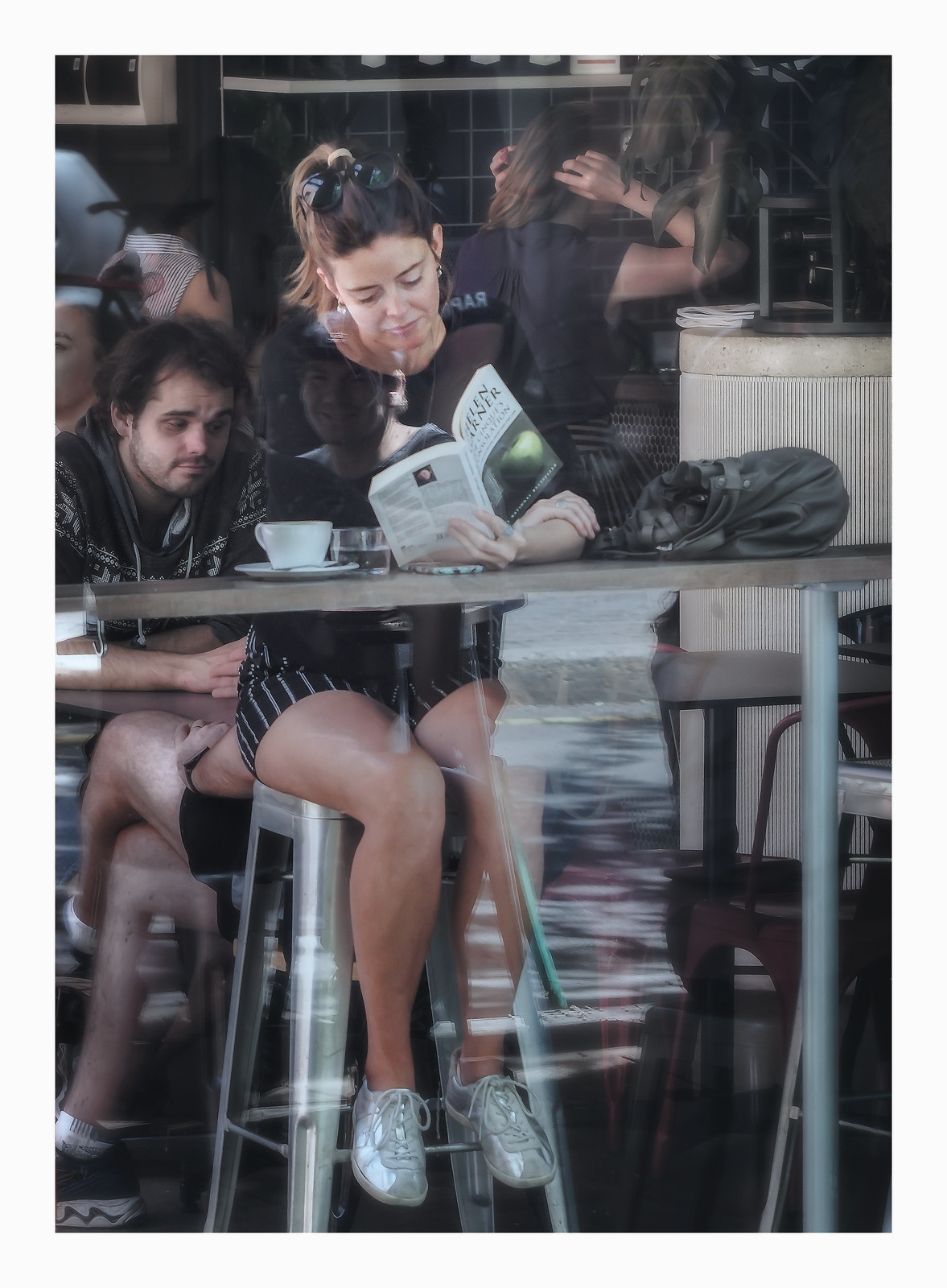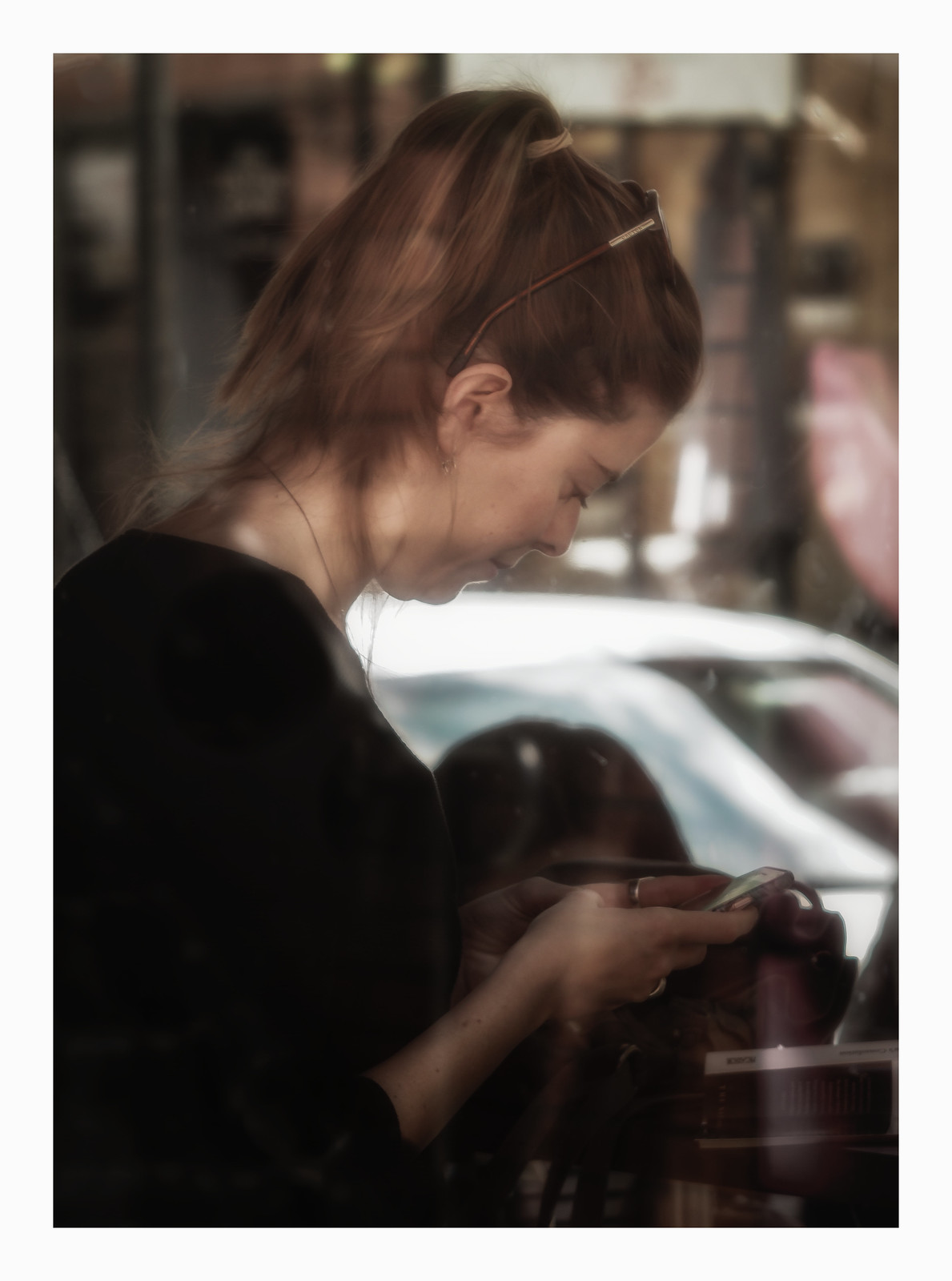raid
Dad Photographer
There were two versions available, one F3.5 and one F4.5. The 105mm F3.5 Xenar had an image circle of 125mm at F22, and is listed as covering 2 1/4 x 3 1/4 inches. It is a 60 degree lens according to Schneider. The F4.5 105mm Xenar is a 62 degree lens, with an image circle of 127mm at F22. So it also covers 2 1/4 x 3 1/4 inches according to Schneider. Both lenses take a Series 7 filter. The 4.5 lens weighs 165 grams, and the F3.5 lens weighs 170 grams.
Hi Dan,
Other than the different max aperture, how do these two 105mm lenses differ? One has a 125mm image circle while the other has a 127mm image circle. Is this "significant" somehow? Was the 3.5 lens more expensive than the 4.5 lens?
I ask too many questions, but I am curious about such issues.
raid
Dad Photographer
One more thing, since your Xenar is black, it is of more modern vintage. My Xenars are all shiny chrome finish. You can easily look up the year of production using the serial number, if you are interested in dating your lens.
This is a good idea. I will check it out.
Nokton48
Mentor
Other than the different max aperture, how do these two 105mm lenses differ? One has a 125mm image circle while the other has a 127mm image circle. Is this "significant" somehow? Was the 3.5 lens more expensive than the 4.5 lens?
Hi Raid,
I don't have any pricing literature on the Xenars for 35mm. What I can tell you, is that the F3.5 lens was no doubt more expensive than the F4.5.
Back in those those days large apertures were pushing the design envelope which was highly desirable. 200 speed film was considered fast those days. Speedy lens are almost always more expensive. As far as image circle is concerned, no real differences there. But again I can tell you, that it is an indication that the optical differences do exist between the two lenses.
From purely a resolution standpoint, it has been my experience that often the lenses with slower maximum apertures often resolve more detail than the faster ones, although that is not a absolute.
I always stop my Xenars down 2-3 stops from max aperture, as a rule unless the light is really low, or I have a reason to otherwise. My guess is that there is not much real difference between the two lenses in actual use.
-Dan
raid
Dad Photographer
My lens has serial number 10 482 589. It has a M(anual) and A(uto) setting for the aperture, and there is a place for a cable release. This lens was made in 1967 since all lenses with SN 10 million fall into this year. Aperture clicks from 4.5-32. The aperture opens up not as a circle but as a square.
(http://archive.is/www.schneiderkreuznach.com/service/serie.htm)
Xenar 4.5/105mm

OPTO-MECHANICAL DATA
(with lens focused at infinity)
Lens elements, Groups
4, 3
Shutter Size
0
Flange Focal Distance
99.8mm
Filter Mounting Thread
M 40.5 X 0.5
Weight (with shutter)
190g
Overall Length
30.4mm
IMAGE DATA
(with lens focused at infinity)
Recommended Format (negative) Size
65 X 90 mm
Image Circle Diameter at f/16
127mm
Angle of View at f/16
62 degrees
Lens Displacement at f/16 (vertical/horizontal)
_
56 X 72 mm ; 56 X 72 mm
23.1/19.9mm
65 X 90 mm ; 58.2 X 81 mm
18.5/14.8mm
OPTICAL DATA
(with lens focused at infinity)
Effective Focal Length (F')
106mm
Back Focal Length (S'F')
93.1mm
Principal Point Separation (HH')
1.0mm
(http://archive.is/www.schneiderkreuznach.com/service/serie.htm)
Xenar 4.5/105mm

OPTO-MECHANICAL DATA
(with lens focused at infinity)
Lens elements, Groups
4, 3
Shutter Size
0
Flange Focal Distance
99.8mm
Filter Mounting Thread
M 40.5 X 0.5
Weight (with shutter)
190g
Overall Length
30.4mm
IMAGE DATA
(with lens focused at infinity)
Recommended Format (negative) Size
65 X 90 mm
Image Circle Diameter at f/16
127mm
Angle of View at f/16
62 degrees
Lens Displacement at f/16 (vertical/horizontal)
_
56 X 72 mm ; 56 X 72 mm
23.1/19.9mm
65 X 90 mm ; 58.2 X 81 mm
18.5/14.8mm
OPTICAL DATA
(with lens focused at infinity)
Effective Focal Length (F')
106mm
Back Focal Length (S'F')
93.1mm
Principal Point Separation (HH')
1.0mm
Nokton48
Mentor
Nokton48
Mentor
"The aperture opens up not as a circle but as a square."
Hmmm Interesting. Perhaps in a past life it was a 35mm motion picture lens. Those would be calibrated in H-stops (transmission stops) not f.stops that we are normally seeing on our lenses.
-Dan
Hmmm Interesting. Perhaps in a past life it was a 35mm motion picture lens. Those would be calibrated in H-stops (transmission stops) not f.stops that we are normally seeing on our lenses.
-Dan
raid
Dad Photographer
It stays as a square until you reach very small apertures. You have the same lens (105/4.5). Do your lenses' aperture blades close down to a circle or square?
Nokton48
Mentor
Do your lenses' aperture blades close down to a circle or square?
As a circle.
-Dan
raid
Dad Photographer
Interesting, Dan. Maybe my lens is a "special" lens for movies? Why is the aperture like a square?
I found online an older Schneider 105/4.5:

I found online an older Schneider 105/4.5:

Nokton48
Mentor
That is something I have not encountered often. Some enlarging lenses have square apertures, although I have no idea why??
Perhaps a Cinematographer or someone involved in scientfic photography could answer this question...........
Perhaps a Cinematographer or someone involved in scientfic photography could answer this question...........
peterm1
Mentor
It stays as a square until you reach very small apertures. You have the same lens (105/4.5). Do your lenses' aperture blades close down to a circle or square?
Mine closes as a circle. In fact at a guess there would be at least 16 blades - very smooth. Though I have not had a chance to shoot properly with it to check OOF. Perhaps today.
raid
Dad Photographer
That is something I have not encountered often. Some enlarging lenses have square apertures, although I have no idea why??
Perhaps a Cinematographer or someone involved in scientfic photography could answer this question...........
I have noticed this too. It seems that when used as enlarger lenses, there is no OOF area. The OOF would be squares! Yukky!
raid
Dad Photographer
Mine closes as a circle. In fact at a guess there would be at least 16 blades - very smooth. Though I have not had a chance to shoot properly with it to check OOF. Perhaps today.
Peter: your lens is a lens for photography. This is why the lens closes down to a circle.
raid
Dad Photographer
I found this online on square OOF:

peterm1
Mentor
That is something I have not encountered often. Some enlarging lenses have square apertures, although I have no idea why??
Perhaps a Cinematographer or someone involved in scientfic photography could answer this question...........
I recall that the little Pentax Auto 110 camera had a square aperture (which is in camera not in the lens). Though in that I case I put it down to cheap design to keep the price down. In fact I think it had only 2 blades (each with a right angle corner to form the aperture - how cheap is that!) However I note that a discussion of the topic comes up a few times in bulletin boards including here. Though I am yet to read it. https://www.dpreview.com/forums/thread/4023869#forum-post-58003103
A square is a less "efficient" shape than a circle so I would have expected that for any given aperture area (and hence any given f stop) a square would have more "edge" than a circle and hence produce more diffraction than a circular aperture would. Which of course is problematic.
But it may be possible that the thinking was that by designing the aperture this way, even though there would be sightly more diffraction overall, that diffraction would be limited more to the edge of the image produced rather than the outer 1/3 of the image produced.
Given that it was not unusual for large format lenses to be shot at apertures like f64 this may have helped. (Though f64 is physically much larger than the same f stop would be on a 35mm lens so maybe my thinking here is wrong). But I presume there must have been some optical reasons for this kind of design in large format cameras other than price considerations given they are not mass market devices. Of course if a specific lens is designed for say, landscape applications, where sharpness and depth of field are important bokeh is of less interest than it would be with a lens designed for say, portrait work. If there are other advantages, a square aperture may be an acceptable trade off in this regard.
raid
Dad Photographer
The discussion on square openings is quite interesting. Most likely, a square opening is not as useful for photography as what we get with lenses that close down circular.
Nokton48
Mentor
I have also seen Cinema lenses that were extremely expensive, that had triangular aperture blades.
raid
Dad Photographer
My Zeiss Planar 85/1.4 and Zeiss Distagon 35/1.4 (both for the Rollei SLR QBM system) have only 3 aperture blades, giving a triangular OOF. These two lenses instead of being "dumped" for such an OOF rendering, they now have doubled or tripled their resale value. No clue why.
peterm1
Mentor
I started this thread some time ago after buying a Schneider Xenar 105mm f3.5 in Exakta mount. I eventually received the required adapter for use on mirrorless cameras but I just now realized that I have posted no images made with it. Here are a few (below).
What I can say of it is that it is an interesting lens that I have found to be quite sharp enough certainly for portraits but also for general work. If there are problems with sharpness in 95% of cases it is my focusing that is at fault but the images below look pretty good all in all. It has an iris with perhaps 12-16 blades (I've not counted) giving a nice round aperture at all settings. It weighs a TON. The only downside in use is that like many such lenses its focus throw is long making it slow but accurate to focus. I like it very much though it certainly looks a bit odd. The consensus seems to be these were originally MF lenses that were put into focusing mounts for use on 35mm cameras. Very little info is available in the internet though Xenar lenses in general get referenced reasonably frequently.
To my eye the images have the look of high quality German lenses of the 1950s. That sharp but "rounded" look that is so appealing.
 Cafe Study 29 by Life in Shadows, on Flickr
Cafe Study 29 by Life in Shadows, on Flickr
 Cafe Study 27 by Life in Shadows, on Flickr
Cafe Study 27 by Life in Shadows, on Flickr
 Cafe Study 26 by Life in Shadows, on Flickr
Cafe Study 26 by Life in Shadows, on Flickr
 Cafe Study 27 by Life in Shadows, on Flickr
Cafe Study 27 by Life in Shadows, on Flickr
What I can say of it is that it is an interesting lens that I have found to be quite sharp enough certainly for portraits but also for general work. If there are problems with sharpness in 95% of cases it is my focusing that is at fault but the images below look pretty good all in all. It has an iris with perhaps 12-16 blades (I've not counted) giving a nice round aperture at all settings. It weighs a TON. The only downside in use is that like many such lenses its focus throw is long making it slow but accurate to focus. I like it very much though it certainly looks a bit odd. The consensus seems to be these were originally MF lenses that were put into focusing mounts for use on 35mm cameras. Very little info is available in the internet though Xenar lenses in general get referenced reasonably frequently.
To my eye the images have the look of high quality German lenses of the 1950s. That sharp but "rounded" look that is so appealing.
 Cafe Study 29 by Life in Shadows, on Flickr
Cafe Study 29 by Life in Shadows, on Flickr Cafe Study 27 by Life in Shadows, on Flickr
Cafe Study 27 by Life in Shadows, on Flickr Cafe Study 26 by Life in Shadows, on Flickr
Cafe Study 26 by Life in Shadows, on Flickr Cafe Study 27 by Life in Shadows, on Flickr
Cafe Study 27 by Life in Shadows, on Flickrraid
Dad Photographer
The images have a natural look, Peter. I like them.
Share:
-
This site uses cookies to help personalise content, tailor your experience and to keep you logged in if you register.
By continuing to use this site, you are consenting to our use of cookies.


